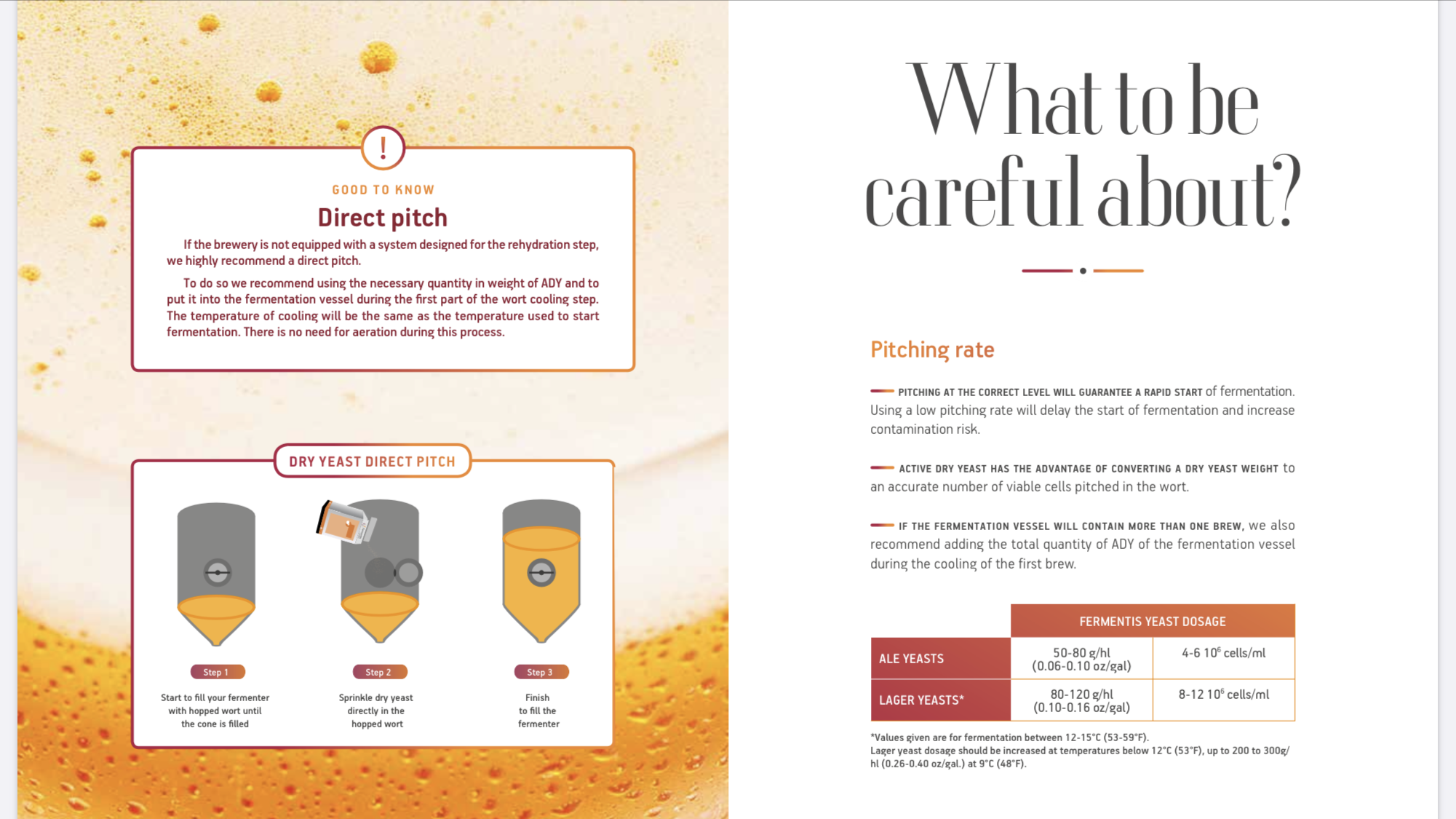My very unscientific opinion based purely on how quickly I see airlock activity, from slowest to fastest:
1) direct sprinkling on wort.
Takes the longest, usually 12-20 hours. Rarely use this method but not closed off to it.
2) Rehydrate for 30 minutes with boiled and cooled water. Slight stirring to break up clumps.
Usually will see activity < 12 hours. This was my go to method, but I always felt breaking up the clumps with a sanitized fork or small whisk could damage cell walls.
3) Rehydrate for 60+ minutes on stirplate with boiled and cooled unhopped wort.
This is the new method I'm trying. Pull off a cup of boiling wort after the initial break has occurred but before first hops addition. Add boiled water until I reach a gravity of 1.025 to 1.030. Cool it to 80F. Pitch dry yeast. Let sit for 10 minutes, then put on stirplate until I'm ready to pitch into cooled wort. I will usually see activity within 10 hours of pitching. This *seems* like the best approach since the yeast can feed and there is no harsh breaking up of clumps.
4) Repitching harvested yeast.
If I use freshly harvested yeast slurry from prior batch, it will usually take off around 6 to 8 hours later. If I use a harvested yeast pulled from the fridge and let warm to pitching temps, then it is about 10 to 12 hours.
Again, this assumes yeast health based on the amount of time I see airlock activity, which could be an absolutely inaccurate way of measuring yeast health and happiness.
The only time I had a batch not attenuate completely is when I pitched rehydrated without breaking up the clumps.
I also offer this:
http://brulosophy.com/2018/11/29/di...tion-with-dry-yeast-the-bru-club-xbmt-series/
~HopSing.






















![Craft A Brew - Safale S-04 Dry Yeast - Fermentis - English Ale Dry Yeast - For English and American Ales and Hard Apple Ciders - Ingredients for Home Brewing - Beer Making Supplies - [1 Pack]](https://m.media-amazon.com/images/I/41fVGNh6JfL._SL500_.jpg)


































